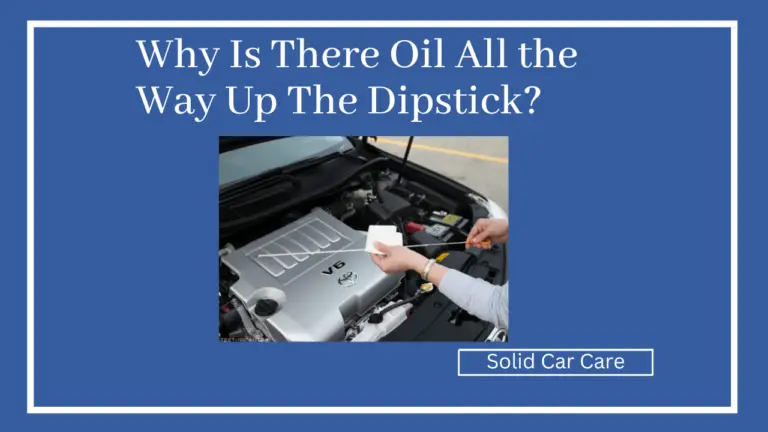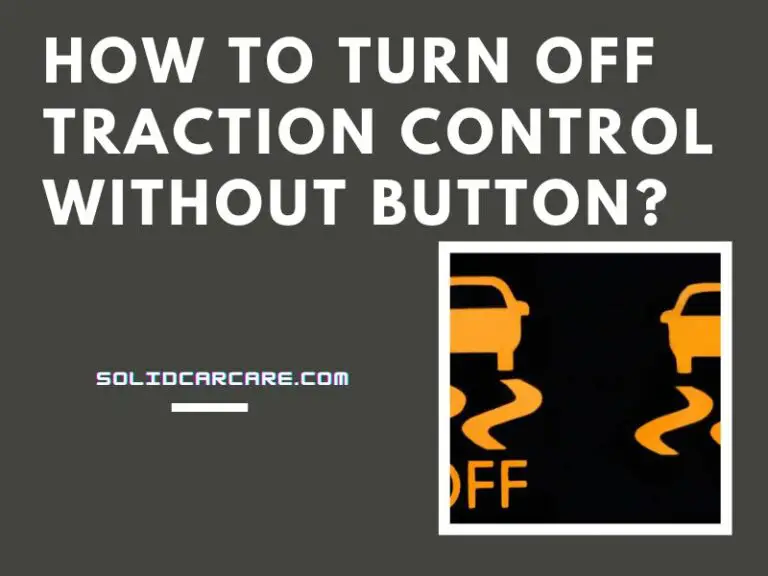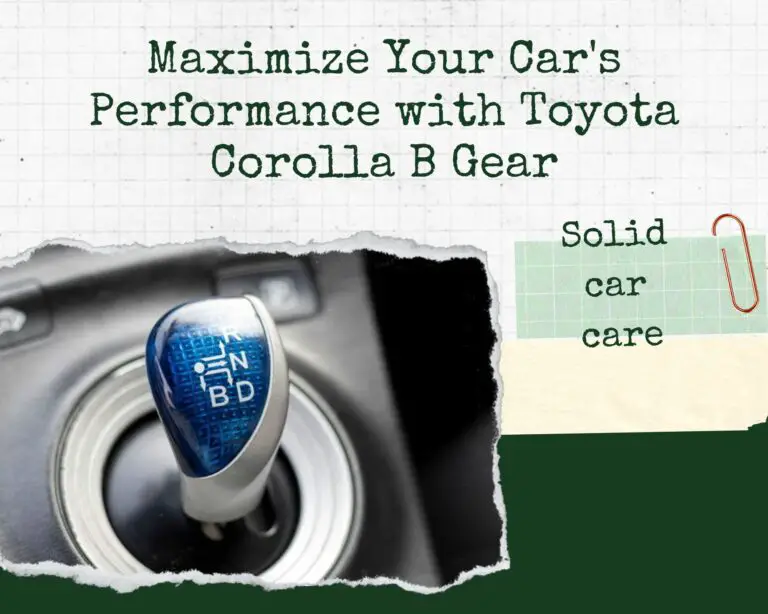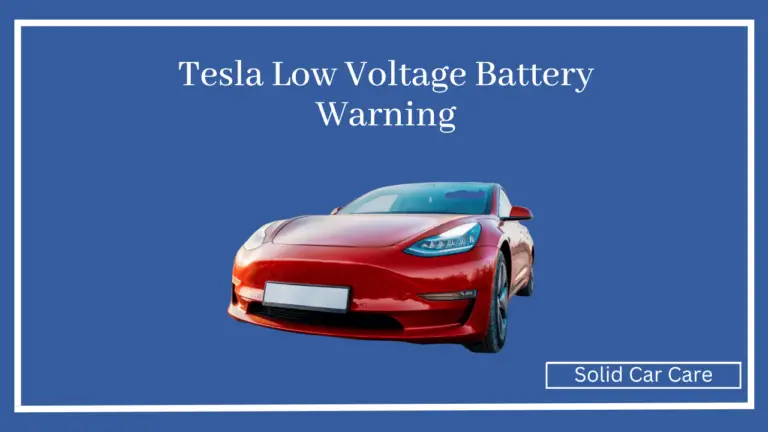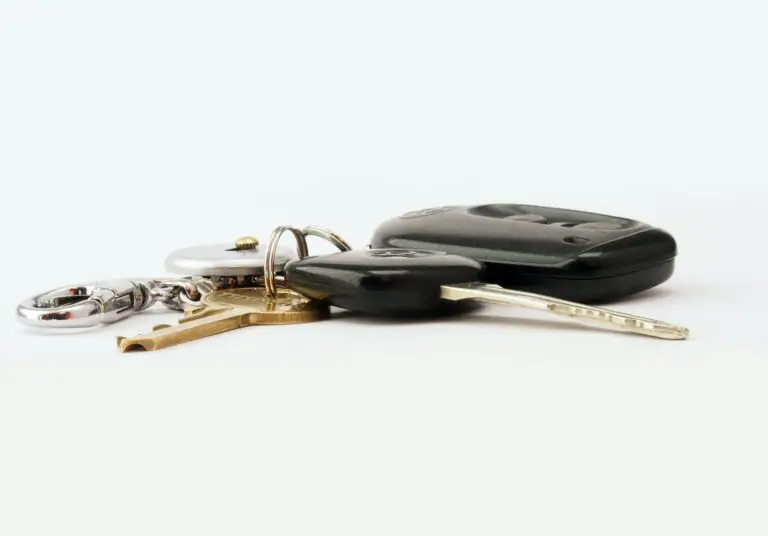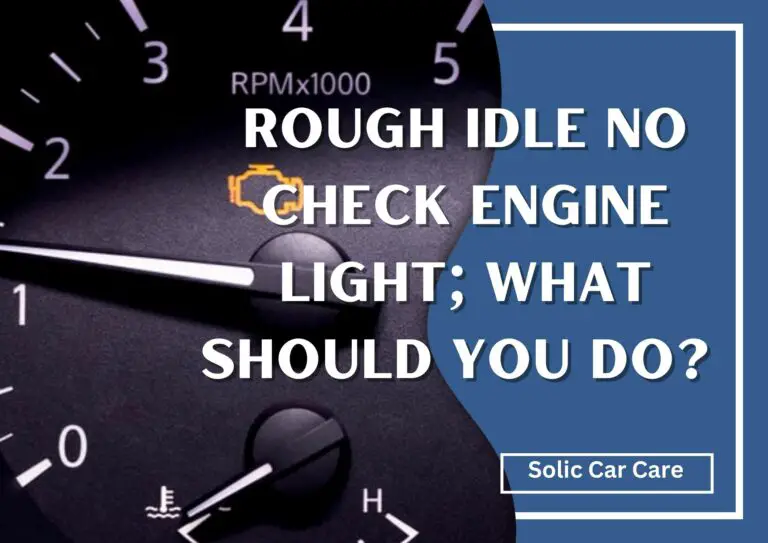What To Do If Gas Overflows While Pumping; Must Read
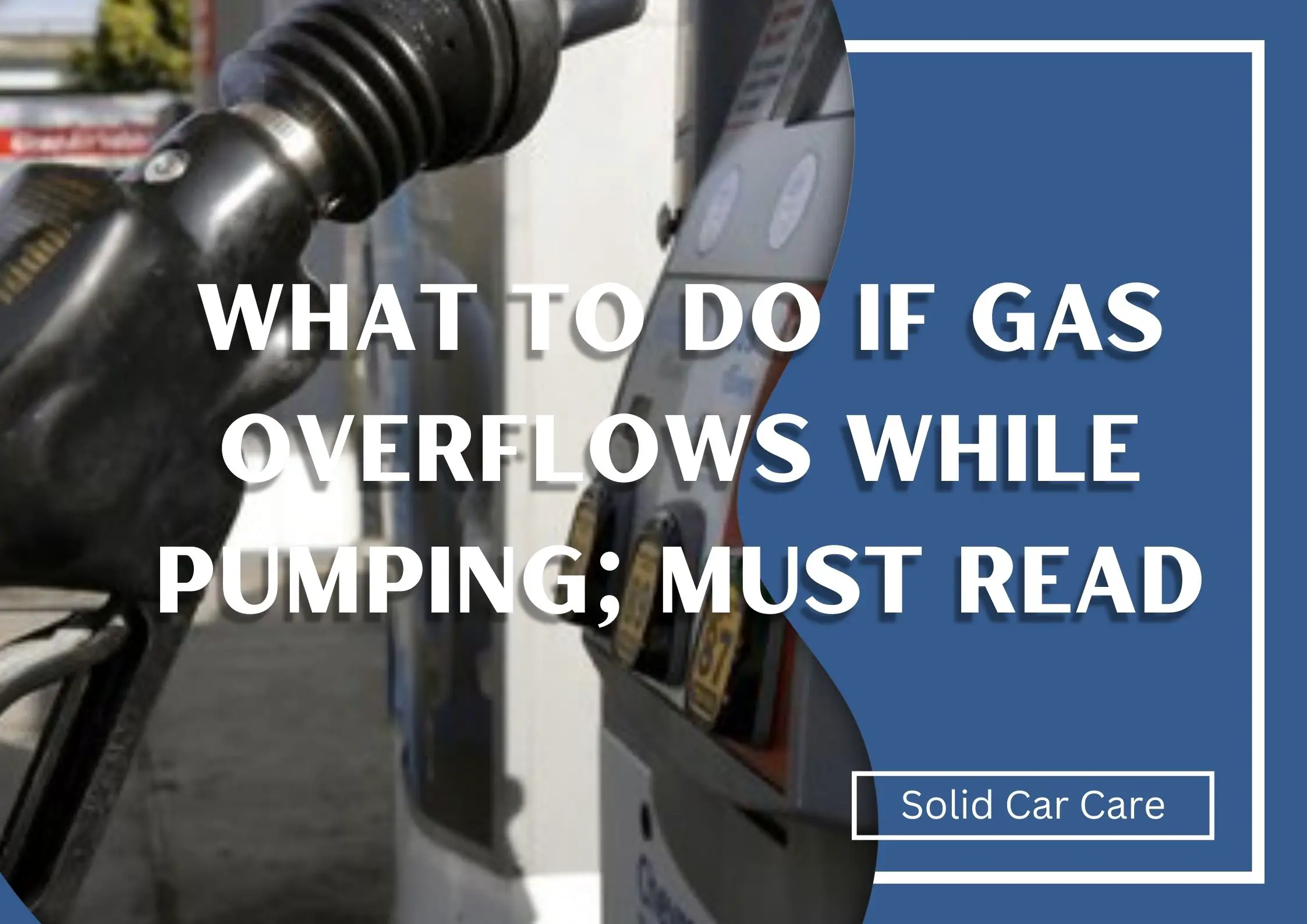
Gasoline overflow can be a scary and potentially dangerous experience while filling up your car’s fuel tank. Not only can it lead to environmental pollution and wasted fuel, but it can also pose a risk of fire or explosion.
If you find yourself in this situation, it’s important to know what steps to take to contain the spill and prevent any harm to yourself or others. In this article, we’ll discuss what to do if gas overflows while pumping for cars.
Table of Contents
- Step 01: Turn off the pump and car engine
- Step 02: Assess the situation
- Step 03: Clean up the spill
- How to prevent future spills?
- Gas tank overflowing when not full; why?
- Conclusion
- Some related FAQs
Step 01: Turn off the pump and car engine
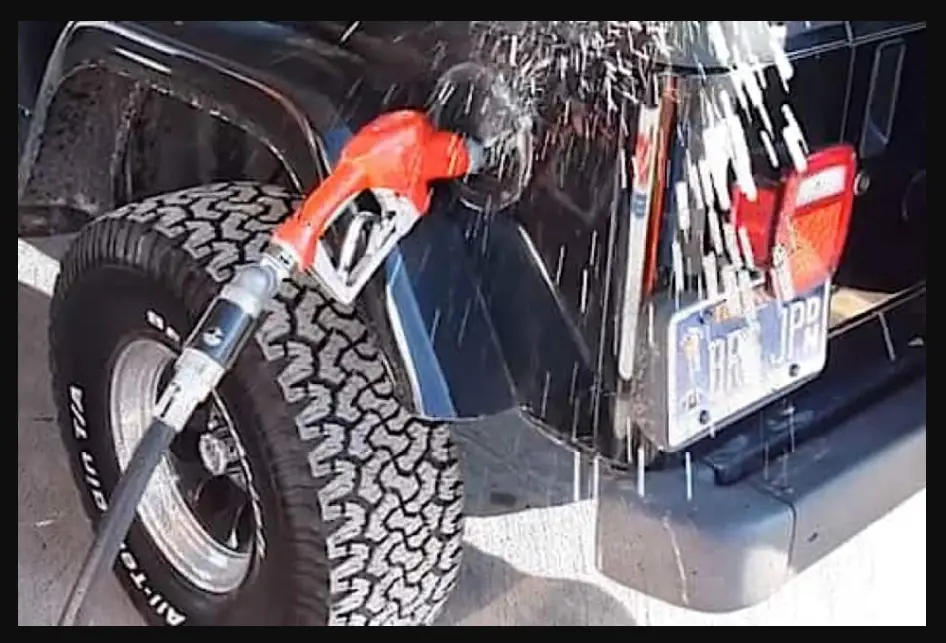
Turning off the pump and car engine is essential when dealing with a gasoline overflow, as it can help prevent any sparks or ignition that could lead to a fire or explosion. Gasoline is highly flammable and any source of ignition, such as a cigarette or an electrical spark, can be dangerous. By turning off the pump and car engine, you can minimize the risk of any sparks or ignition occurring.
To turn off the pump, locate the emergency stop button or lever on the pump, which is typically marked with a red or yellow color. Press or pull the button or lever to shut off the flow of gasoline. If you can’t locate the emergency stop button or lever, simply remove the nozzle from the car’s fuel tank, which will stop the flow of gasoline.
To turn off the car engine, put the car in park and turn the key to the off position. If your car has a push-button ignition, hold down the start/stop button until the engine shuts off. It’s important to make sure the car is in park and the key is in the off position, as this will ensure that the engine is completely turned off and there is no risk of it accidentally starting again.
Step 02: Assess the situation
Assessing the situation is crucial when dealing with a gasoline overflow, as it can help you determine the extent of the spill and whether it poses a risk to yourself, others, or the environment. Here are some steps to follow to assess the situation:
Check the ground: Look at the ground around the car to determine the extent of the spill. If the gasoline has spread beyond the immediate area around the car, it may pose a risk of reaching nearby drains or bodies of water.
Smell the air: If you can smell gasoline, it may indicate that the spill is larger than you initially thought. This could be a sign that the gasoline has spread farther than you can see.
Check for nearby sources of ignition: Look around the area for any potential sources of ignition, such as cigarettes, open flames, or electrical sparks. If there are any, it’s important to move away from the area and call for professional help.
Determine if the spill poses a risk: Based on your assessment, determine if the spill poses a risk to yourself, others, or the environment. If it does, call for professional help and evacuate the area if necessary.
By assessing the situation, you can take the necessary steps to contain the spill and prevent any harm to yourself or others.
Step 03: Clean up the spill
Use a spill kit: If available, use a spill kit to clean up the spill. These kits typically include absorbent materials, gloves, and bags for disposal. Follow the instructions provided with the spill kit to safely clean up the spill.
Use absorbent materials: If a spill kit is not available, use absorbent materials such as sand, kitty litter, or sawdust to clean up the spill. Spread the material over the spill, using a shovel or broom to ensure it is evenly distributed. Allow the material to sit for several minutes to absorb the gasoline.
Collect the contaminated material: Use a dustpan and brush to collect the used absorbent material and dispose of it in a sealable plastic bag. Ensure that the bag is properly sealed to prevent any leaks or spills during disposal.
Clean the affected area: Once the contaminated material has been collected, clean the affected area using a mild detergent and water. Rinse the area thoroughly to ensure that no gasoline or detergent residue remains.
Proper disposal of contaminated materials: Proper disposal of contaminated materials is crucial to prevent any potential harm to the environment. Contact your local waste management authorities for instructions on how to properly dispose of contaminated materials.
It’s important to note that gasoline spills can be toxic and harmful to the environment, wildlife, and humans. Therefore, it’s important to take immediate action to contain and clean up the spill properly. Prompt and proper clean-up can help prevent the spread of the spill and minimize any potential harm.
How to prevent future spills?
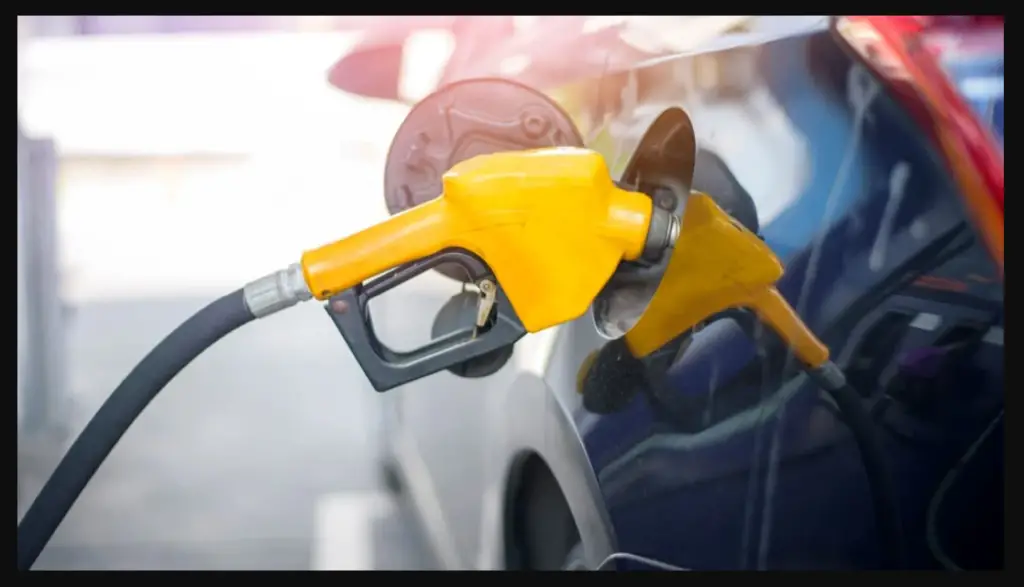
Provide tips for preventing future spills, such as not overfilling the tank and not leaving the pump unattended.
Here are some tips to prevent future spills while fueling up your car:
- Do not overfill the tank: Always stop fueling once the pump automatically shuts off or when the fuel gauge indicates that the tank is full. Overfilling can cause gasoline to spill out of the tank and onto the ground.
- Do not leave the pump unattended: Stay with your vehicle during fueling and keep an eye on the fuel gauge. This can help prevent overfilling or other potential issues.
- Use a funnel: Using a funnel can help guide the gasoline into the tank and minimize the risk of spills.
- Avoid smoking: Gasoline is highly flammable, and smoking while fueling can pose a serious fire hazard.
- Check for leaks: Before fueling up, inspect your car for any signs of leaks. If you notice any leaks, do not attempt to fuel up your vehicle and have it repaired as soon as possible.
By following these simple tips, you can reduce the risk of gasoline spills and make fueling up your car a safer and cleaner experience.
Driver Side Heated Seat Not Working: Causes and Fixing Explained
Solid Car Care
Gas tank overflowing when not full; why?
There are a few possible reasons why a gas tank might overflow when it is not full:
- Malfunctioning Fuel Gauge
If the fuel gauge is not working correctly, it may indicate that the tank is not full when it actually is. As a result, you may continue to pump gas into the tank, even though it is already full, causing it to overflow.
- Blocked Vent
The gas tank has a vent that allows air to escape as the fuel is pumped in. If this vent is blocked or clogged, it can cause pressure to build up in the tank, which can result in the tank overflowing.
- Faulty Fuel Filler Neck
The fuel filler neck is the tube that connects the gas cap to the gas tank. If this neck is damaged or faulty, it can cause gas to spill out of the tank, even when it is not full.
- Pumping Gas Too Quickly
If you pump gas into the tank too quickly, the fuel may splash back and cause the tank to overflow.
If you are experiencing this issue, it is best to take your vehicle to a trusted mechanic to diagnose and repair the problem. It is also important to be cautious when filling up your gas tank and to follow the recommended fueling procedures outlined in your owner’s manual.
Conclusion
In conclusion, if you experience a gasoline overflow while fueling up your car, it’s important to act quickly and safely to minimize the risk of harm to yourself and the environment. Turning off the pump and car engine, assessing the situation, containing the spill, and properly cleaning it up are crucial steps to take.
Additionally, to prevent future spills, avoid overfilling the tank, stay with the pump while fueling up, use a funnel, avoid smoking, check for leaks, and use caution when transporting gasoline. By being prepared and following these tips, you can help ensure a safer and cleaner fueling experience. Remember to always prioritize safety when handling gasoline.
Car Sounds Like Air Escaping When Turned Off; Causes and Fixing
Solid Car Care
Some related FAQs
Is it okay if gas leaks a little after I pump?
The filling tube or the tank may be the source of your issue. You might be able to repair the filler tube if that’s the issue. But you shouldn’t attempt to fuse your tank if it is leaking. Leave that to the experts.
Does spilled gas dry up?
When gasoline is exposed to air, it swiftly evaporates. In lakes, streams, or soil, the majority of gasoline that is spilled evaporates. Certain gasoline spills can penetrate into the groundwater and stay there for years.
Is gasoline still flammable if it dries?
Fuel burns in a VAPOR. At room temperature, gasoline readily evaporates, making ignition fairly simple. Before it starts to evaporate, jet fuel/kerosine needs to be warmed up, but once it does, it is just as combustible and easy to ignite as gasoline.

